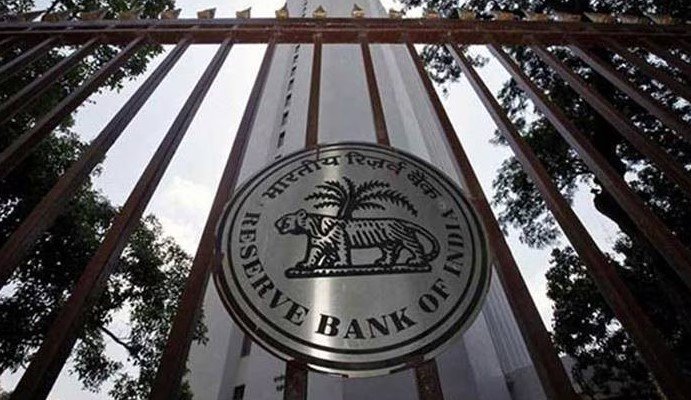Median forecast sees FY26 inflation at 3.8%, opening the door for a 50 basis point cut
India’s inflation is softening faster than expected, and that’s got economists predicting rate cuts on the horizon. With April’s consumer prices hitting a 68-month low, the Reserve Bank of India could have enough room to trim interest rates — possibly as early as June.
A Moneycontrol poll of 15 economists shows growing consensus: inflation is expected to stay under 4% for FY26. That could set the stage for the central bank’s Monetary Policy Committee (MPC) to reduce the repo rate by 50 basis points, lowering it to 5.5%.
A rare break: Food prices and inflation ease together
Inflation in India often dances to the tune of food prices. But this April, both took a surprising step back.
April’s CPI inflation cooled to 3.16%, the lowest since late 2018. Food prices — typically volatile — played nice. That caught the attention of analysts who’ve now adjusted their forecasts. Instead of inflation hovering uncomfortably near the RBI’s 4% target, many expect it to average closer to 3.8% for the year.
“There has been a structural shift in the way food inflation is behaving,” said one economist, noting better crop yields and improved supply chains. Throw in stabilizing global commodity prices and the picture looks even brighter.
-
Economists expect CPI inflation for Q1 FY26 to stay near 3.4%
-
Full-year projections hover between 3.5% and 4%
-
Lower inflation supports real interest rates falling to 1.25%–1.5%
What a 50 bps rate cut might mean
The RBI’s repo rate stands at 6% right now. If the MPC cuts it by 50 basis points — as many expect — it would drop to 5.5%. That alone could spur a fresh wave of borrowing and investment.
But some go even further. A few analysts forecast the repo rate could slip to 5.25% by year-end.

If that happens, the real rate of interest — that’s the repo rate minus inflation — would fall into the 1.25–1.5% range. According to several experts, that’s just right to give the economy a gentle push without stoking new inflationary fires.
One sentence paragraph.
DK Srivastava of EY India says the central bank has “a good reason to extend its rate cut cycle through FY26.”
The RBI’s next big decision comes in June
All eyes are now on the RBI’s next policy review, scheduled for June 4–6. The meeting could set the tone for the rest of the year.
Not everyone’s betting on an immediate rate cut, but the pressure is building. Some members of the MPC are still cautious about cutting too soon. They want to see a longer trend of low inflation before acting.
That said, with core inflation low and global economic risks easing, the case for easing is becoming harder to ignore.
Two-sentence paragraph here.
The RBI has kept rates on hold for over a year. But it might not be able to wait much longer if the data keeps trending this way.
What the real rate tells us about growth
The “real” interest rate is what economists obsess over. It’s the nominal rate minus inflation — a key signal of how tight or loose monetary policy really is.
Right now, it’s sitting just under 3%. That’s considered restrictive. But if inflation stays low and the RBI lowers the repo rate to around 5.25%, the real rate could soften into that ideal 1.25–1.5% zone.
Political calm, global tailwinds also in play
Beyond domestic inflation, external and political factors are working in India’s favor.
The national election cycle is over, with economic policies now expected to stay stable. That reduces uncertainty — something central banks hate. Meanwhile, U.S. inflation is cooling too, giving the Federal Reserve some room to pause or cut, which eases pressure on emerging markets like India.
And fewer surprises abroad usually mean smoother decision-making at home.
Markets have started pricing this in. Bond yields are slipping. And investors are watching closely to see how dovish the RBI’s tone gets in June.
What could spoil the party?
Of course, it’s not all green lights ahead. Risks remain — especially on the supply side.
If the monsoon falters, food prices could spike again. That would throw a wrench into the low-inflation narrative. Another concern is crude oil. While prices have stayed range-bound, any geopolitical flare-up could quickly push energy costs higher.
Two small paragraphs back to back.
That would complicate the RBI’s plans.
And it might lead to more cautious policy, not less.
But for now, the data is pointing in one direction. And for borrowers, investors, and policymakers alike, it’s a direction they’ve been waiting to see for quite a while.
